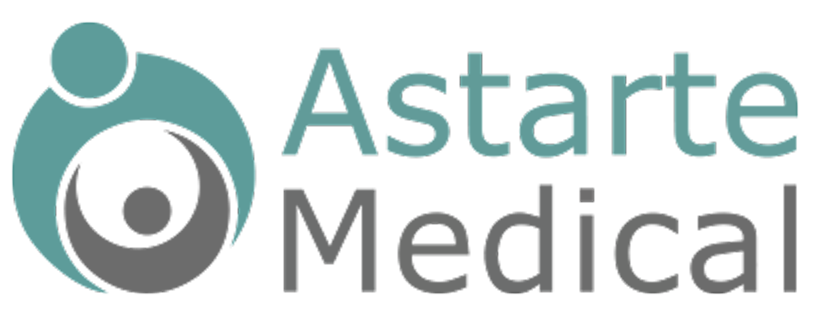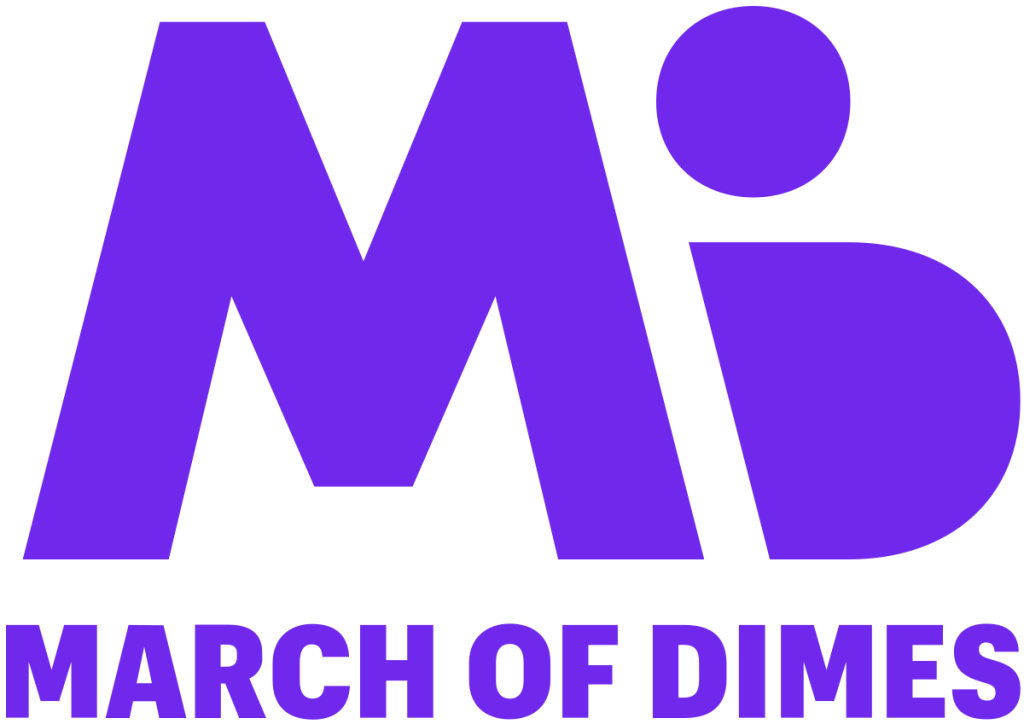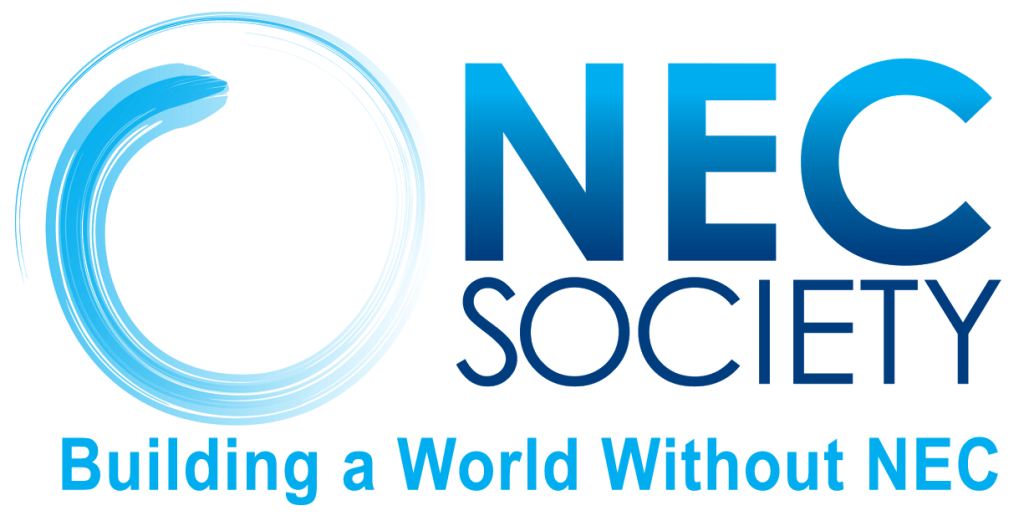The infant gut microbiome
We are full of microbes. They live on our skin, in our mouths and noses, our intestinal tract, and – if you have one – inside the vagina. Together, we call these microbial communities the “human microbiome“. These microbes, which include bacteria, archaea, fungi, and viruses, all live together in the warmth and shelter of our bodies, consuming food particles we cannot digest ourselves, and making molecules that our bodies can use in return. It is an incredibly diverse microscopic zoo that lives inside each of us.
The birth of a new ecosystem
The birth of a baby is not only the start of a new human life, but also that of a whole new microbial ecosystem. It has been proposed that colonization of babies might already start before birth, although this prenatal microbial exposure is still the topic of scientific debate. Most scientists, however, agree that birth is the first large and immediate exposure event of a baby to large amounts of microbes.
Microbial starter packages during birth
During a vaginal birth, the baby will pick up rectal and vaginal microbes from its mother. As gross as that might sound, the microbes that the mother passes on to her baby are actually a nice little “starter package” that will help the baby to develop their own microbiome. This microbial transmission continues immediately after birth. As the baby is touched, handed to the mother, and kissed by his or her parents, skin and mouth bacteria are transferred as well.
Infants born through Cesarean section receive a very different starter package than those born vaginally. Instead of vaginal, fecal, mouth, and skin bacteria, their first encounters of the microbial kind are limited to mouth and skin bacteria. The long-term effects of these different initial microbial encounters are not yet clear.
Microbial colonization does not stop at birth
Even though infants might receive different microbial starter packages depending on their delivery mode, the weeks and months after birth offer plenty of other opportunities for newborns to be colonized with microbes from their environment. Babies are cuddled by their parents or siblings, drink their food from their mother’s breast, crawl on the floor, and put all kinds of objects into their mouths, including their own feet and hands. All these occasions are natural moments of microbial colonization of the infant’s skin, mouth, nose, and intestinal tract. The microbes that babies acquired from their mothers during birth are therefore quickly replaced by other strains, and the baby starts to develop their own unique microbial community.
The first week of life: oxygen levels drop in the gut
Just like a baby’s first steps, the newborn gut microbiome in the first week of life is very unstable. Immediately after birth, the infant gut organ contains a lot of oxygen, a condition called “aerobic”. That changes quickly in the first week after birth, when the gut becomes more “anaerobic”, with much lower oxygen concentrations. This change in oxygen level results in a shift of the gut bacterial species, allowing for different bacteria to replace the initial colonizers. Interestingly, each baby appears to have their own unique cocktail of anaerobic strains, and baby gut microbiomes in this stage of life are all very different from each other.
Bifidobacterium species feast on breast milk sugars
After the first unstable weeks, Bifidobacterium species such as B. longum subspecies infantis and B. breve often start to dominate the infant gut microbiome of breast-fed infants. Together with some Bacteroides strains, Bifidobacteria are specialized consumers of certain sugars in breast milk called human milk oligosaccharides (HMOs).
Not unexpectedly, there are differences between the gut microbiome of infants who are exclusively breast- or formula-fed. While Bacteroides, Bifidobacterium longum, and Lactobacillus are dominant in the guts of breast milk fed infants, formula-fed baby guts contain more Citrobacter, Clostridium, Enterobacter, and Granulicatella species.
The completion of a new microbial ecosystem
At four to six months old, when babies start to consume more solid foods and less breast milk, a new group of microbes will replace the milk-consuming microbiota. Bifidobacteria will decrease, while Bacteroides, Clostridium, Rumininococcus and other strains will take over. Interestingly, the termination of breast milk feeding, rather than the introduction of solid foods, is the most important factor in this transition. Gradually, during this developmental phase, a baby’s gut microbiome will become more and more complex, with an increased number of bacterial species.
At around 14 months old, when most babies have stopped receiving breast milk, the baby’s gut microbiome will enter a new stage called the transitional phase. At this point, it is starting to look more like that of an adult, and will include bacterial genera such as Bacteroides, Clostridium, Eubacterium, Faecalibacterium, and Ruminococcus. In this transitional stage, the baby’s gut microbiome is still not stable. Antibiotic use, illness, and environmental exposure all can cause dramatic shifts of the microbiome composition.
Finally, around a baby’s third birthday, their gut microbiome becomes stable and adult-like. The child, of course, still has a lot of growing and learning to do!




